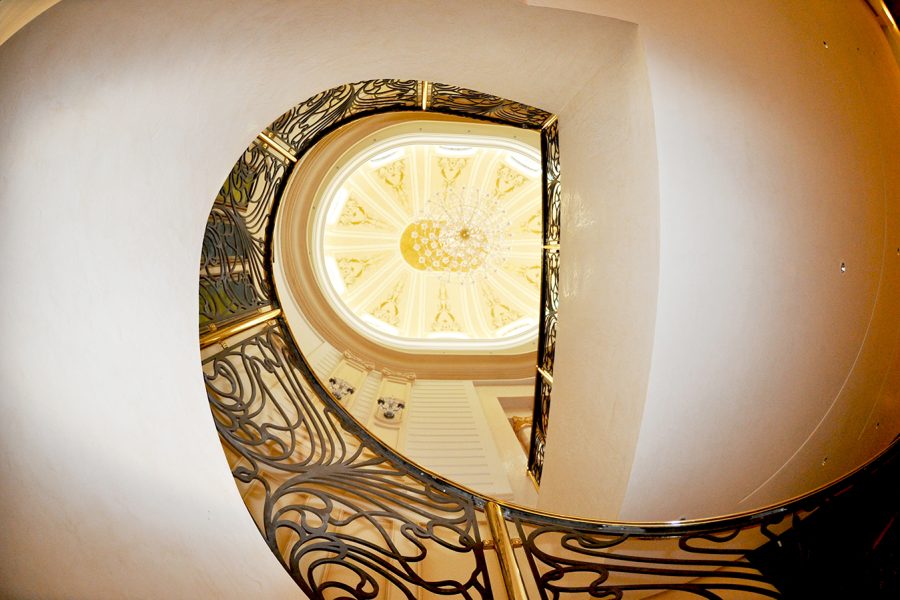1. The purpose of the room and what the colors mean:
Different colors create different meanings like excitement, passion, serenity and/or mystery. By understanding the theory of colors in Interior Design, you can give out the vibe you are looking for. It is important to know that everyone is different, which means different colors will affect people in different ways. Many factors can have a hand in this, like the subject’s age, culture, history and old experiences. However, people will always respond to the colors no matter how different their reaction might be.
Colors can have a psychological purpose in a room.
To select a color, you need to answer three questions:
• What’s the purpose of the space you’re going to color?
• What’s the message you want to deliver?
• What color could you use to deliver that message?
Choosing colors should not be taken lightly because different colors have different meanings and can influence us in different ways.
For example, if you are picking a color for your bedroom, you might need a color that will make you feel comfort and warmth after a stressful and long day. To achieve that, you should be looking at earth tones, different shades containing tonalities of brown but that might also contain richer colors, in this case you would be looking at natural colors, or colors of things you find in nature, like light blues and greens.
In a kids’ bedroom, the message you would want to deliver can be different. Their bedroom is where they spend their time studying, playing and having a good time but where they also sleep at the end of the day. In this case, you will need a color that gives out vibes of happiness, energy and focus, like different shades of yellow and orange for example.
2. Picking color combinations:
This is all about how you put different colors together. For this, you will have to consider and keep in mind the colors you will see when you look at the furniture, the walls, the floors and even other accessories in the room.
The safest way to put together a good blend of colors would be using different color schemes based on the color wheel like:
- Analogous colors:
- you will have to select three or more neighboring colors on the color wheel.
- Monochromatic color scheme:
- this would be achieved by picking only one color from the color wheel and using its different shades whether they are darker or lighter.
- Complementary color scheme:
- you will have to pick complementary colors and combine them together, they can be found on opposite sides of the color wheel
Using these tips will be a sure and easy way to having the perfect color combination.
3. Cool or warm colors?
The color wheel is really important when it comes to this topic. Colors can generally be placed in three categories:
- Active Colors = Warm Colors
- like Red, Orange or Yellow (which make the room warmer, consistent and neat).
- Passive Colors = Cool Colors
- like Blue, Green and Purple (which help creating a calm atmosphere and make small spaces seem bigger).
- Natural Colors
- like Beige, Black, Grey or White (which help highlight the design and the furniture and gives you the opportunity the use other Warm or Passive colors when it comes to accessories).
4. Lighting is key.
Colors are an illusion that comes from your brain interpreting different wavelengths in light. Therefore, to see color, you need light. The colored surface absorbs some of the light that is given to it and reflects the rest, which is what your eyes see.
Painting the walls in a dark color when natural light is abundant can highlight the room and the space and will look beautiful.
On the other hand, when lighting is not strong, having the walls painted dark will make them look lifeless and even darker than they already are. Using light colors though will make the room look brighter.
So always keep in mind that you need to consider the amount of light in the room before picking a color.
TEST IT!
Always test the colors before picking them.
We advise you to paint small areas on the walls first and to let them dry. Seeing the dry colors on the wall while keeping in mind the lighting and the furniture will help you decide whether it is the right color for you or not.
Also, do not forget to see the dry paint in the morning as well as the evening.



